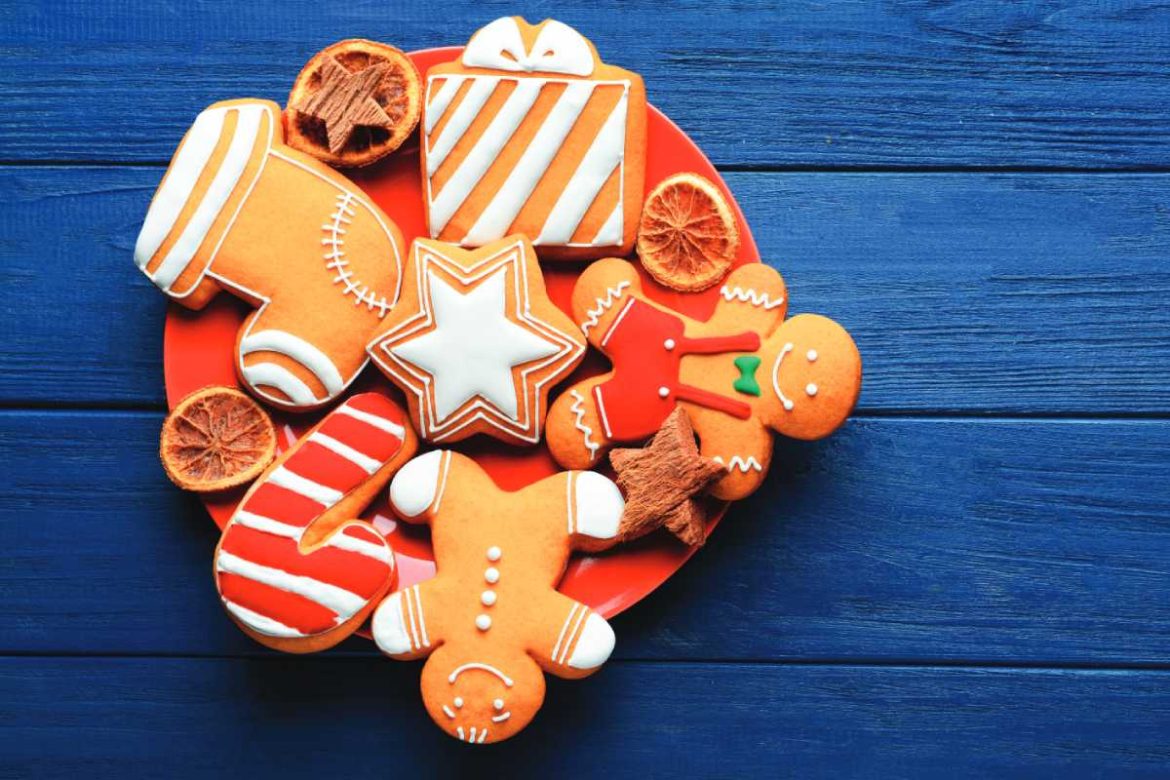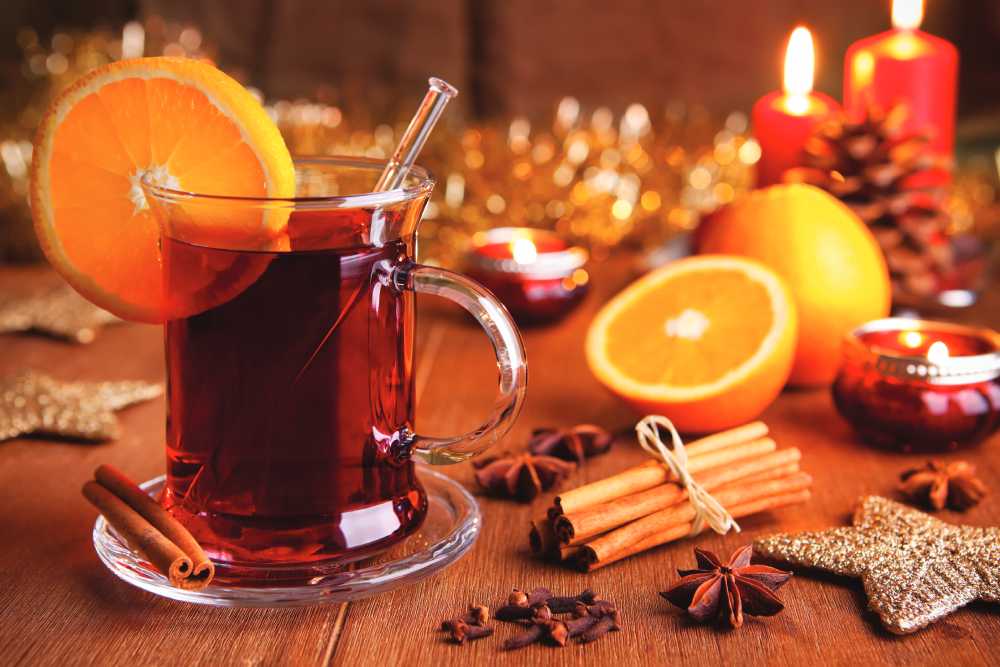This season, mix it up a little and try going multi-cultural with some of these exciting holiday recipes from around the world. Bon appetit!
This season, while planning your menus, mix it up a little and try going multi-cultural with some of these exciting international holiday recipes. Most cultures around the world have unique winter celebrations where people come together to feast with extended family and friends. Even in the Southern Hemisphere, where December is one of the hottest months, barbecues and beach parties are an integral part of the global holiday revelry. This season, while planning your menus, surprise your guests with some of these exciting holiday recipes from around the world. Bon appetit!
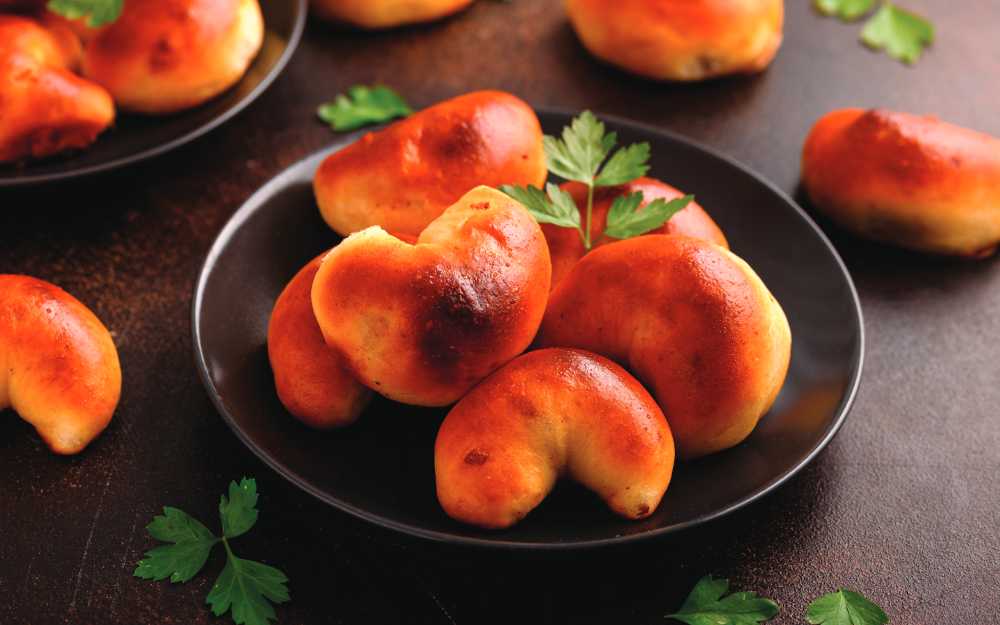
Latvian Piragi (Photo by DronG)
LATVIA (Appetizer)
When do we have it? Christmas/Solstice.
Piragi are savory pasties found at every midwinter Latvian feast.
FILLING INGREDIENTS
250g smoked, fatty pork (pancetta)
250g streaky bacon
1 medium onion, peeled and finely chopped
1/3 to 1/2 whole small nutmeg, freshly grated
salt and pepper to taste
1) Finely dice the pork and bacon.
2) Fry gently in an ungreased iron skillet until the fat runs.
3) Remove with a slotted spoon and set aside.
4)Cook onion in the bacon fat then add, along with 1 tbsp of the rendered fat, to the drained meat.
5) Season the mixture with nutmeg, pepper, and salt as needed.
6) Set aside to cool.
DOUGH AND GLAZE INGREDIENTS
25g fresh yeast
2 tbsp warm water
250ml milk
65g unsalted butter
500g unbleached wheat flour
1 tsp salt
2 tbsp soured cream
1 egg, beaten
Additional egg, beaten with 2 tbsp water
Sprinkling of caraway seeds
1) Cream yeast and water and set aside to activate.
2) Scald milk and butter, then cool to tepid.
3) Sift flour and salt into a mixing bowl and make a well in the center.
4) Pour the milk mixture, soured cream, and the single beaten egg into the well, and gradually incorporate liquid into flour with a wooden spoon.
5) Let dough rest for 10 minutes, then turn out onto a floured surface and knead vigorously for 10 minutes.
6) When dough feels elastic, place in a greased bowl, cover and leave for one hour until doubled in volume.
7) Knock back the dough, knead briefly, then roll and stretch on a floured board to form a large rectangle, 40cm x 55cm (approx. 16 x 22 inches).
8) Make 8 rows of 4 or 5 small mounds of filling across rectangle of dough.
9) Fold the dough-edge over the first row and filling, and using a round pastry cutter or rim of a glass, cut a circle around each dough-covered mound.
10) Press firmly to seal the edges and transfer to a greased baking sheet.
11) Ensure there is some space around each piragi before brushing with egg wash and sprinkling with caraway seeds.
12) Leave to rise while the oven is heating to 400° F (204° C).
13) Bake 10-12 minutes, until golden-brown. Serve warm.
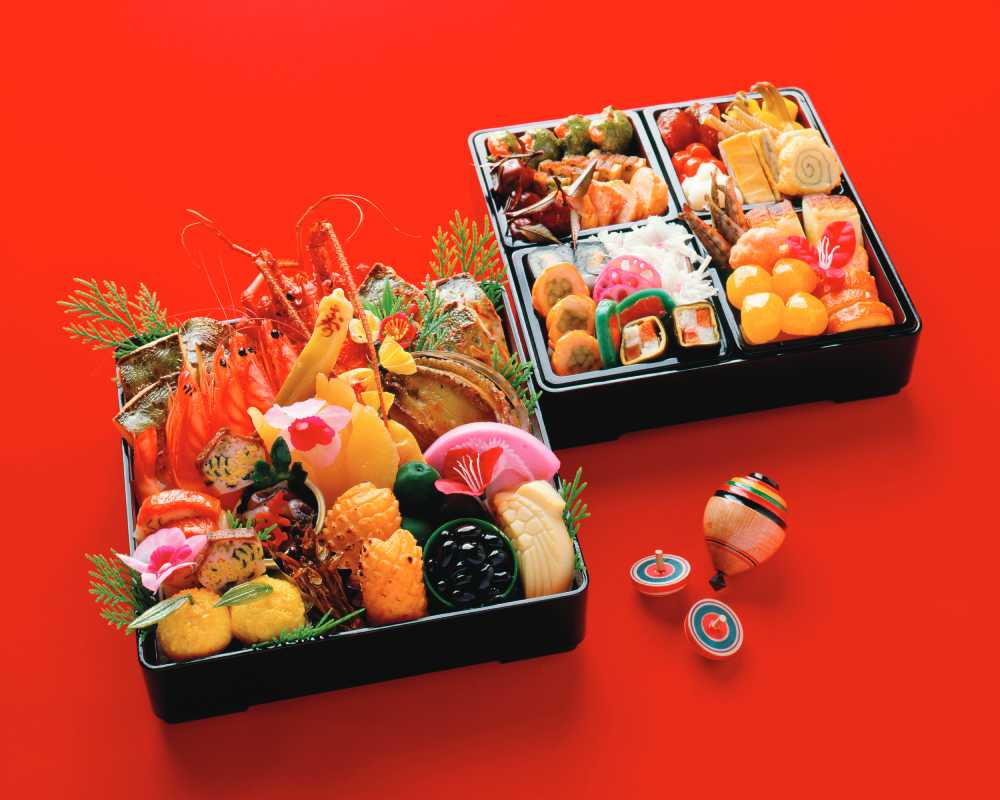

Japanese Osechi-ryori (Photo by Funny Face)
JAPAN (Side Dish)
When do we have it? Japanese New Year (late December until January 3).
Osechi-ryori is Japanese New Year’s food and consists of many different dishes. Colorful osechi-ryori dishes are packed in layers of lacquer boxes called jubako. Each type of food in osechi has a particular meaning; long life, good health, fertility, good harvest, happiness, etc.
Sweet Black Beans (kuromame)
INGREDIENTS
1 cup black beans
3 cups water
3/4 cup sugar
2 tsp soy sauce
1/2 tsp salt
1/2 tsp baking soda
one old nail (to blacken the color of beans)
1.Put water, sugar, salt, soy sauce, and baking soda into medium pot and bring to boil.
2. Cool the liquid and add beans and a nail.
3. Leave ingredients to soak over night.
4. Simmer the beans on low heat for 5-6 hours until softened. 5. Cool it before serving.
*Makes 4 servings
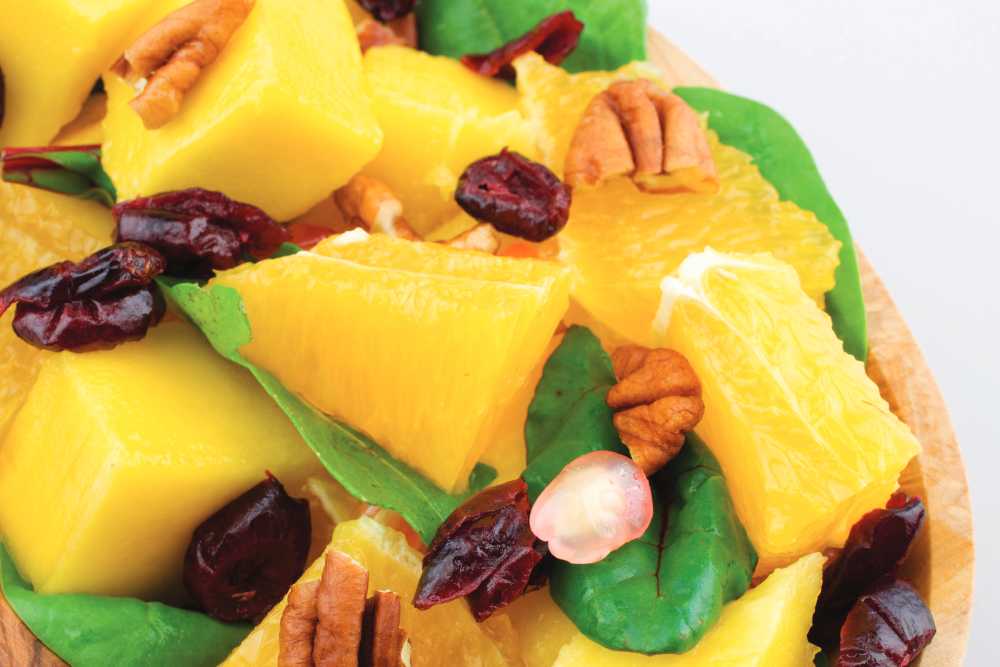

Mexican Christmas Salad (Photo by Iryna Kondrashova)
MEXICO (Salad)
When do we eat it? Christmas.
Ensalada de Navidad (Christmas Salad) is usually served after midnight mass with the Christmas dinner: turkey or roast baby pig, tamales, and sweets.
INGREDIENTS
2 small cooked beets, peeled and diced
1 large cooked carrot, diced
1 orange, peeled and chopped
1 apple, peeled and diced
1/4 fresh pineapple, peeled, cored, and diced
1 large banana, diced
1/2 cup unsalted nuts, almonds or peanuts
seeds of 1/2 small pomegranate
1 tbsp lime or lemon juice
3 tbsp salad oil
1/2 tspn sugar
dash of salt
1) Mix all the fruits.
2) Put lime or lemon juice, salad oil, sugar, and salt into a screw top jar. Shake until blended and sugar has dissolved.
3) Pour the dressing over the fruit salad and toss well.
4) Pile the salad into a salad bowl and garnish with the nuts and pomegranate seeds. Let stand in the refrigerator until chilled and flavors mix.
5) Serve chilled.
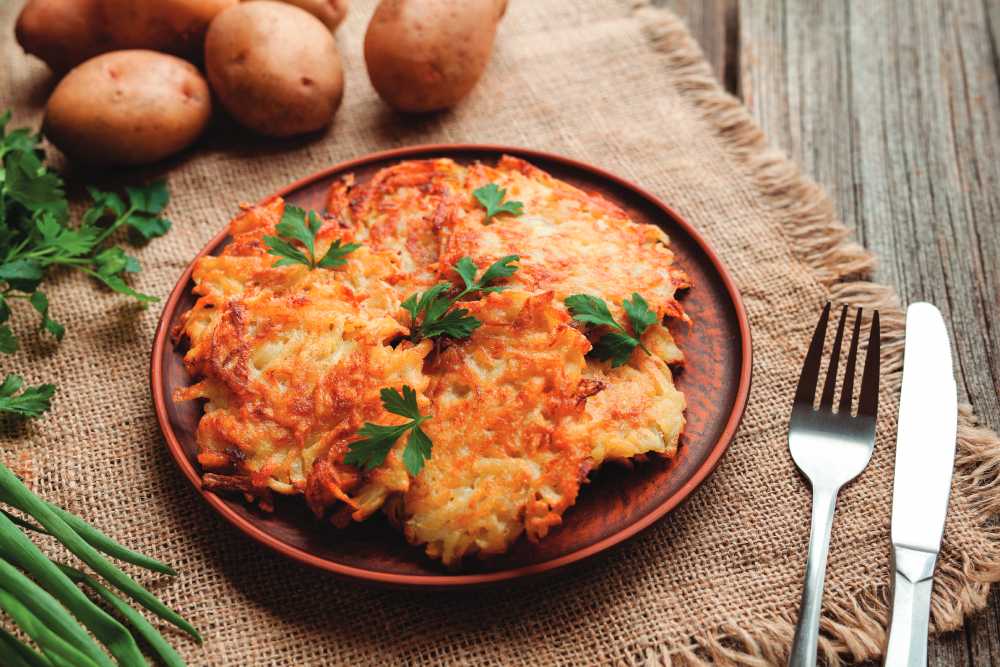

Potato Latkes (Photo by GreenArt)
ISRAEL (Side Dish)
When do we have them? Chanukah.
Potato Latkes are potato pancakes traditionally served with sour cream and applesauce. Like all the best recipes, every family is likely to make a variation of their own.
INGREDIENTS
4-5 large potatoes
1-2 onions
3 eggs
salt and pepper to taste
2 tsp baking powder
1/2 tsp baking soda
3-4 tbsp all-purpose flour
vegetable oil for frying
1) Peel and shred potatoes.
2) Place potatoes in a sieve over a sink to press out excess moisture.
3) Place the potatoes in a bowl along with the remaining ingredients and mix thoroughly.
4.) Heat oil in a large, cast iron frying pan.
5) Working in batches, drop heaping spoonful’s
of the mixture into the oil.
6) Fry until golden brown. Brown both sides
by turning over once.
7) Drain on paper towels.
8) Serve with homemade applesauce and sour cream.
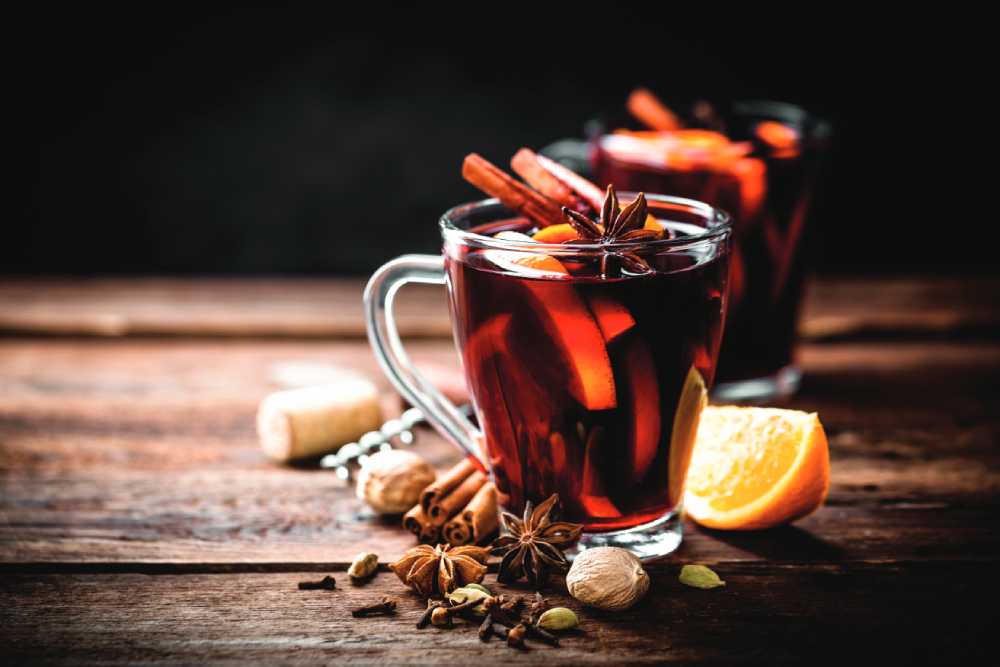

Norwegian Mulled Wine (Photo by Sunny Forest)
NORWAY (Beverage)
When do we have it? All winter.
Jule Glogg is a warmed mulled wine with the additional kick of aquavit, or sometimes easier-to-find vodka. Some version of glogg is enjoyed throughout Scandinavia.
INGREDIENTS
750 milliliter bottle (3 1/4 cups) dry red wine
1/2 cup raisins
1/2 cup packed brown sugar
1/2 cup aquavit or vodka
1 broken 6 inch cinnamon stick
12 whole cloves
1/4 tspn cardamom seed
1/3 cup blanched whole almonds
1 orange, sliced
8 additional 6 inch cinnamon sticks for garnish
1) Tie spices in a bundled bag with cheese cloth.
2) In a large pan, stir together all ingredients except for almonds, orange, and whole cinnamon sticks.
3) Bring to a boil. Reduce heat and simmer, uncovered, for 20 minutes, stirring occasionally.
4) Remove from heat. Remove bundled spices.
5) Stir in almonds.
6) Garnish individual mugs with orange slices or bits of orange peel and a cinnamon stick.
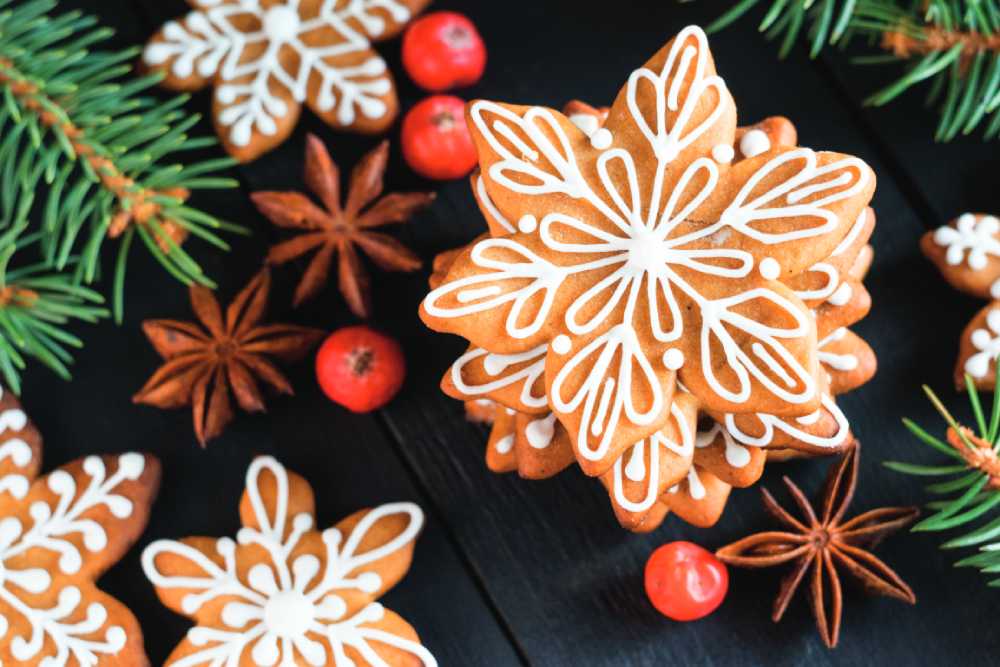

Aniseed Cookies (Photo by Olllympea)
GERMANY (Cookies)
When do we have them? Christmas.
Anisplätzchen (Aniseed Cookies) are a holiday treat favored more by adults who love the licorice scent of anise more than kids who are just looking for sweet flavors.
INGREDIENTS
4 eggs
1 cup, plus 4 tsp sugar
3/4 cup, plus 2 tbsp flour
3-1/2 tbsp cornstarch
1/4 tsp baking powder
1or 2 tbsp finely ground aniseed
1) Beat eggs until foamy.
2) Add the sugar by the tablespoon.
3) Sift together flour, cornstarch, and baking powder, and sprinkle over the egg mixture.
4) Fold together, adding aniseed at the end.
5) Form balls with a teaspoon and drop on a baking sheet lined with parchment.
6) Let stand for one hour to dry.
7) Bake lightly for 12-15 minutes in at 350° F (177° C).
You May Also Enjoy
Delicious Holiday Cocktails To Share With Family and Friends
Delicious Holiday Cocktails You Can Make for Your Friends and Family this Holiday Season


